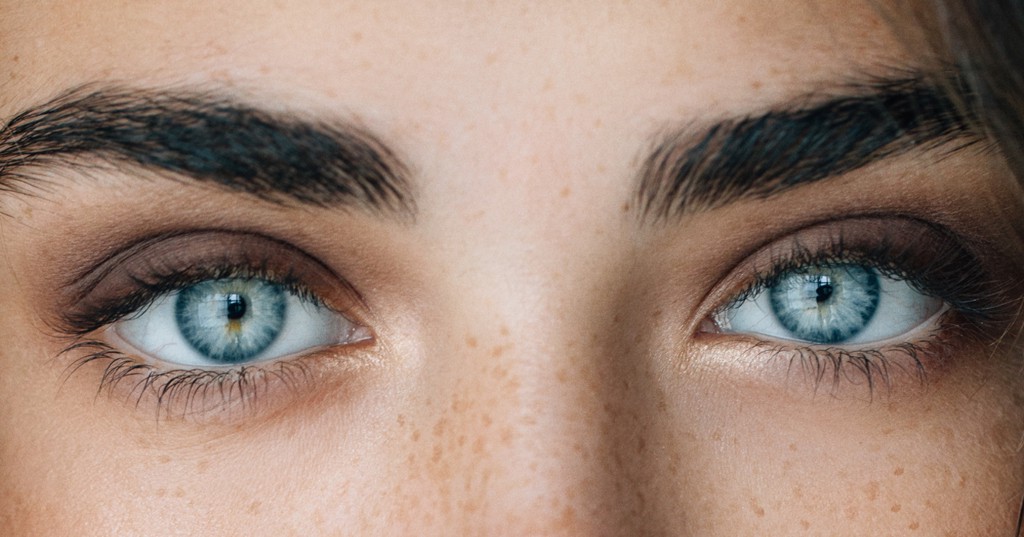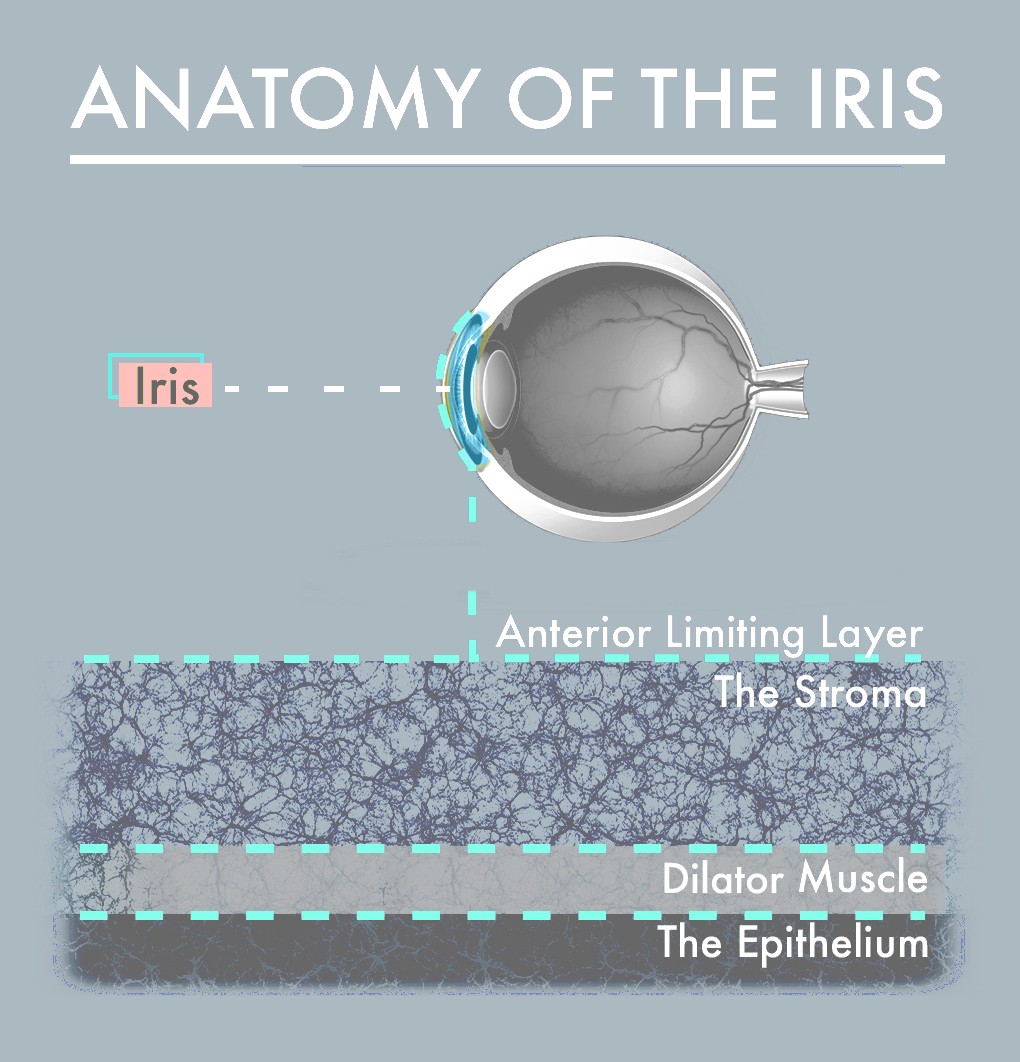Your Blue Eyes Aren’t Actually Blue

It’s time to see the light.
What determines your eye color? Any high school biology class would tell you “genetics,” but that’s only scratching the surface.
As a quick refresher, the iris is the colored part of your eye. It’s made up of four major parts: the anterior limiting layer, stroma, dilator muscle and epithelium.

The epithelium contains black and brown pigments. The stroma, located in front of the epithelium, is a series of overlapping, colorless fibers.
If someone has a lot of melanin in their epithelium, it absorbs light, making the eye appear brown. When there’s a lack of melanin, the stroma reflects light. Since blue is the easiest color to scatter, eyes with the least amount of melanin appear bluer. This means blue eyes are technically colorless.
The amount of light that hits the stroma determines the hue of the iris. Think of it like an ocean: Although it appears blue, if we were to put some of the water in a cup, it would look clear.
But where do genetics come in? The amount of melanin you receive is an inherited trait. This lack of melanin in the iris is a recessive trait, which explains why blue-eyed folks make up 8% of the population.
Next time you’re staring into your honey’s sky-blue eyes, realize they’re just a naturally-occurring optical illusion. Yet another reason why science is freakin’ cool. Mind. Blown.
